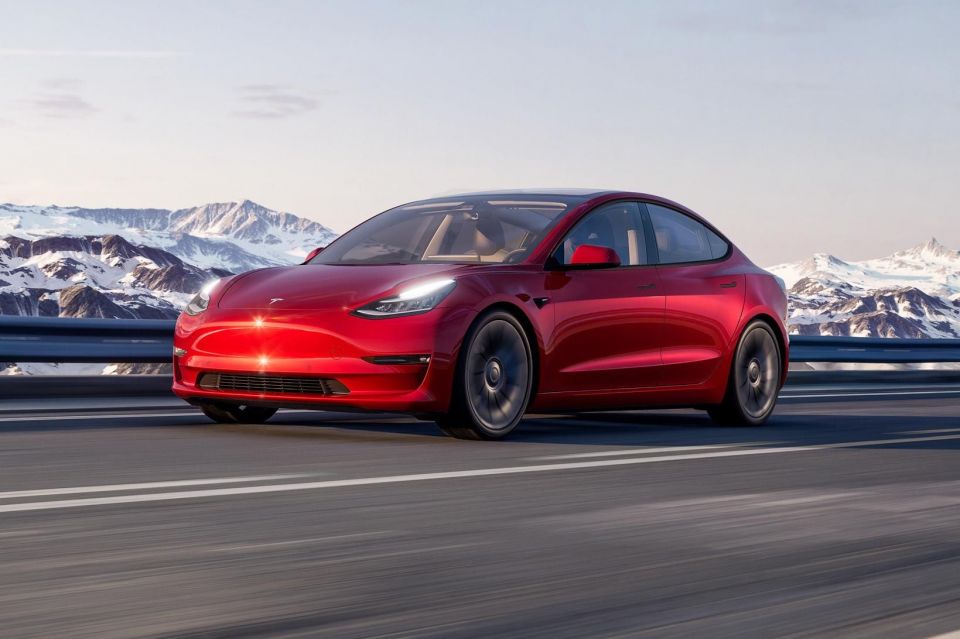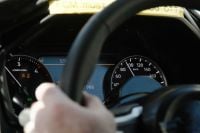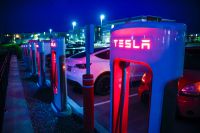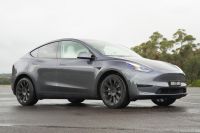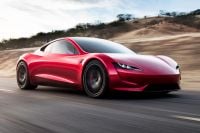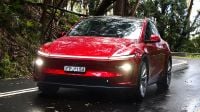Agreed, update coming in Jan

News Editor
Tesla CEO Elon Musk said on Twitter the company would remove a driver monitoring function used with one of its level 2 autonomous driving systems, and the United States’ key road safety regulator is investigating.
The so-called Full Self-Driving Beta uses both an internal camera and the steering wheel to detect if the driver is paying attention to the road, but Mr Musk says the latter input will be removed.
When asked whether the “steering wheel nag” could be removed for users with more than 10,000 miles (16,093km) on FSD Beta, Mr Musk said he agreed and confirmed the change would be made in January.
The US National Highway and Traffic Safety Administration (NHTSA) told Reuters it “is in contact with Tesla to gather additional information”.
The NHTSA is already undertaking a probe into 830,000 Tesla vehicles to investigate an issue with vehicles using Autopilot, another level 2 system, that crashed into parked emergency vehicles.
Part of this probe is to determine whether Tesla vehicles adequately ensure drivers are paying attention.
At least 14 Tesla vehicles have crashed into emergency vehicles while using Autopilot, while the NHTSA has investigated a total of 35 crashes since 2016 where either Autopilot or FSD were in use, with a death toll of 19 people.
In another probe of 416,000 vehicles, the NHTSA is also investigating claims of phantom braking in Tesla Model 3 and Model Y vehicles.
The Full Self-Driving Beta is in use by around 160,000 Tesla vehicles according to the company.
Like Autopilot, Tesla says on its website that the system requires a “fully attentive driver who has their hands on the wheel and is prepared to take over at any moment”.
To enable Autopilot, Tesla says the driver needs to agree to keep their hands on the steering wheel at all times and to always “maintain control and responsibility” for the vehicle, though the company has a time-lapse video on its website showing the system being used without the driver having their hands on the wheel.
In addition to the NHTSA probes, which have yet to lead to any enforcement actions, the US automaker is reportedly the subject of a criminal investigation by the US Department of Justice surrounding its Autopilot system.
Prosecutors in Washington D.C. and San Francisco are reportedly examining whether Tesla misled consumers, investors, and regulators by making unsupported claims about the capability of its driver assist technology.
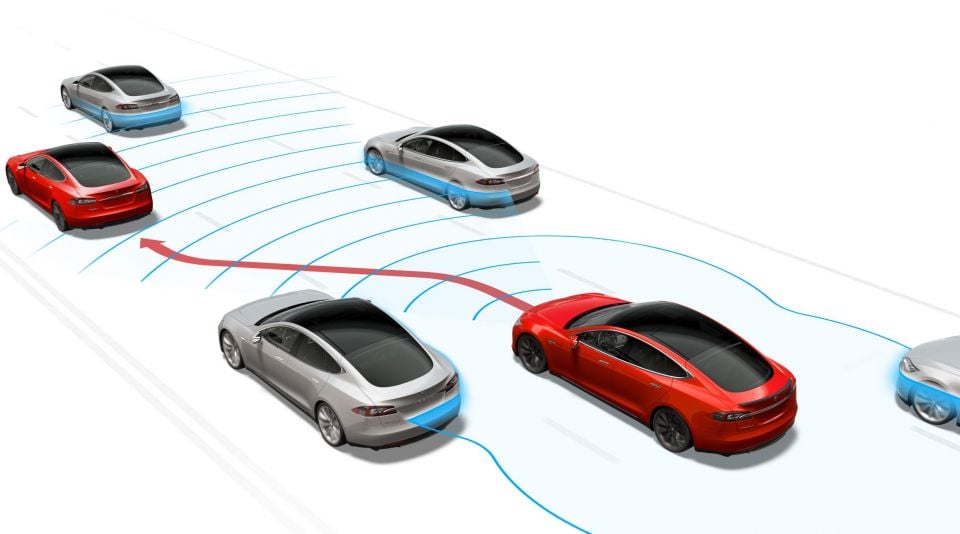
While Tesla does include disclaimers on its website that its level 2 systems don’t make the vehicle fully autonomous, there’s been some mixed messaging from the company’s CEO.
In an earnings call late last year, CEO Elon Musk said an update coming in 2023 will “be able to show to regulators that the car is safer, much more so, than the average human”.
“We’ll achieve full self-driving full autonomy – I look at that occurring 100 per cent. And I think we’re almost there. And then, of course, we’ve got to prove it to regulators and get the regulatory approvals, which is outside of our control,” said Mr Musk.
“But anyone who’s driving full self-driving cars — has full self-driving Beta in the car, you can see the rate of improvement. You can just experience for yourself that we are, in fact, getting there. In fact, we almost are there. And so, we’re probably achieving that 100 per cent.”
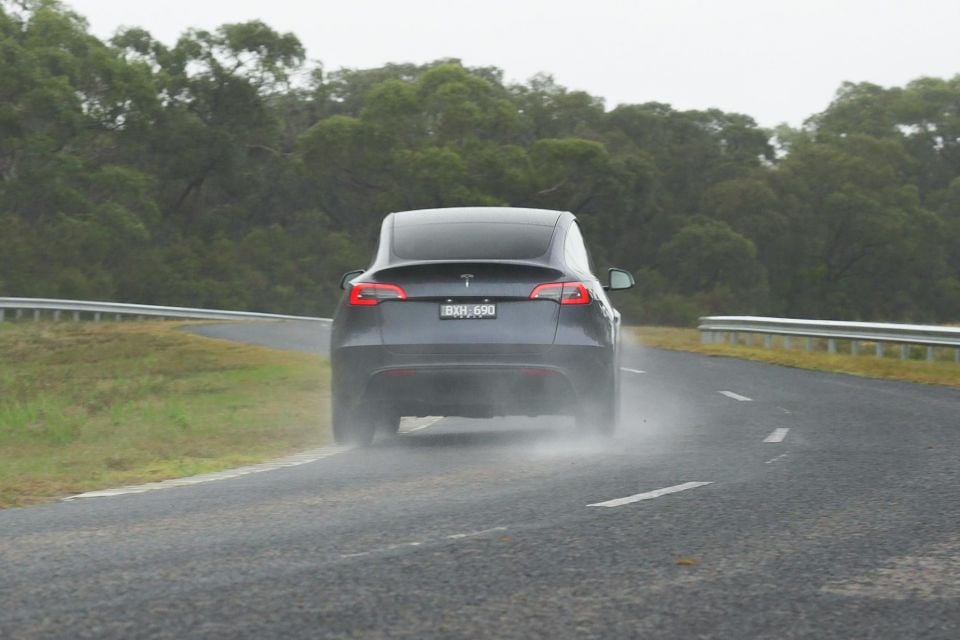
He said cars with Full Self-Driving beta will “be able to take you from your home to your work, your friend’s house, to the grocery store without you touching the wheel”.
Mr Musk said Tesla would complete a wide release of its so-called Full Self-Driving beta late last year across North America to any buyer who has ordered it.
But he was somewhat unclear as to what level of autonomy Tesla is targeting exactly, offering two seemingly different answers in the same breath.
“Like we’re not saying that that’s quite ready to have no one behind the wheel. It’s just that you will almost never have to touch the control, vehicle controllers,” said Mr Musk last year.
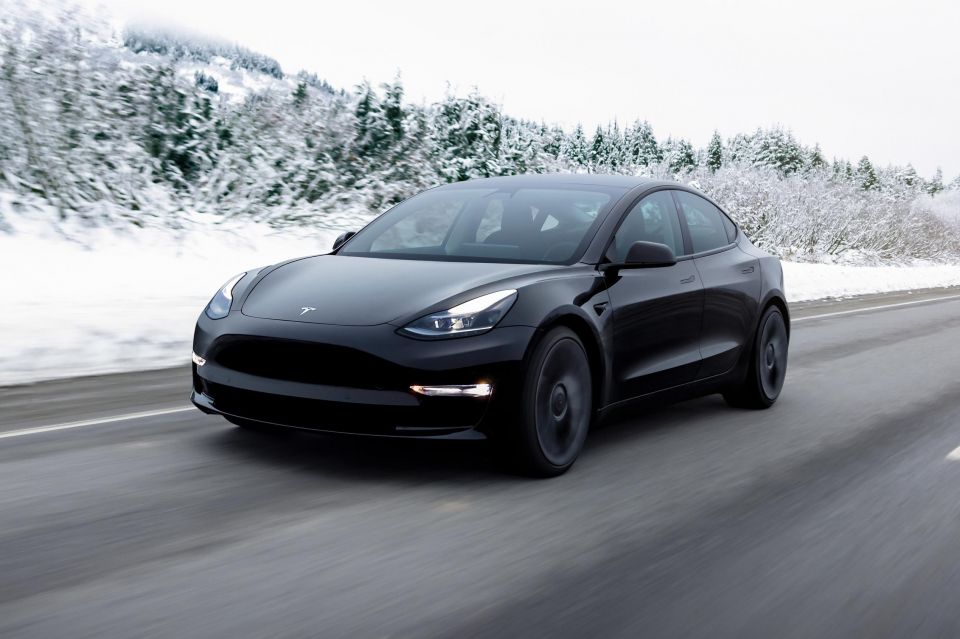
“There is a longer process called the march of nines, of like how many nines in reliability do you need before you could really be comfortable saying that the car could drive with no one in it.
“But I think we’ll be pretty close to having enough nines that you’re going to have no one in the car by the end of this year. And certainly, without a question, whatever in my mind, next year.”
Level 5 vehicles, as defined by the Society of Automotive Engineers, don’t require a steering wheel or pedals to be fitted and can drive themselves in all situations at all times.
Level 4 systems, in contrast, default to driving themselves but can be fitted with a wheel and pedals, and can drive themselves in all road situations in which they were designed to operate.
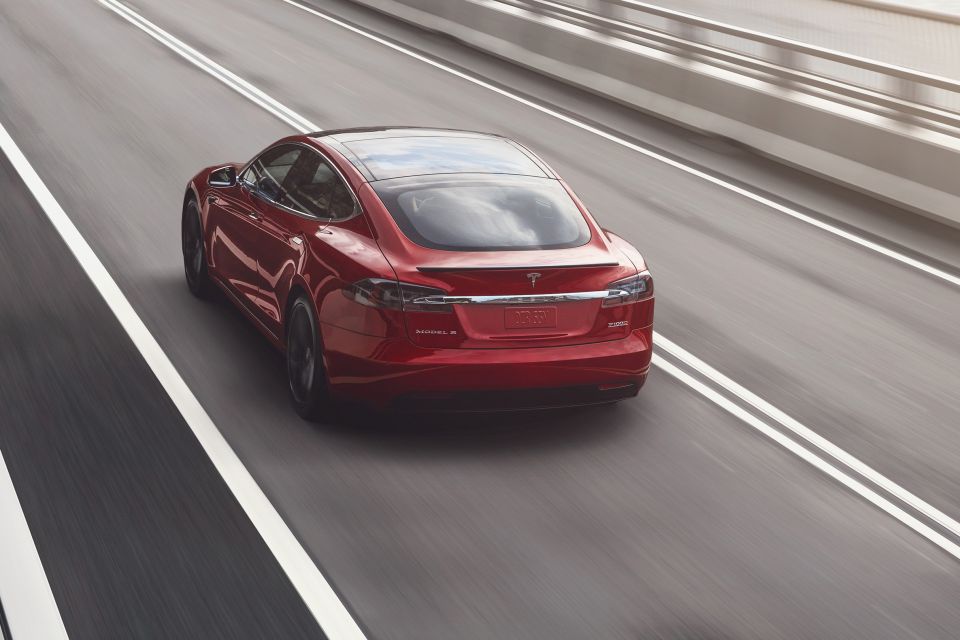
Level 3 systems are slowly trickling out from automakers, with Honda introducing this technology in the Japanese-market Legend and Mercedes-Benz rolling it out in Germany in the S-Class and EQS.
It’s at this level of autonomy where, by definition, the driver doesn’t need to pay attention to what’s happening around them, though they still need to be awake and alert to take over if the vehicle can’t handle something or the journey is coming to an end.
The manufacturer is also responsible for the vehicle when it’s driving in this mode.
Tesla has continued to buck the growing trend towards implementing Lidar for its driver assist technology, and is even ditching radar and ultrasonic sensors as it rolls out a camera-only set-up called Tesla Vision.
MORE: Tesla demos Full Self-Driving technology to US regulator – report MORE: Tesla under US criminal investigation for self-driving claims – report MORE: Tesla vehicles not ready to be approved as fully autonomous
Expert Reviews, Expert Advice, Expert Prices
CarExpert does the hard work to get you the best price. No negotiating, no hidden costs, just expert help and real savings on your next new car.
William Stopford is an automotive journalist based in Brisbane, Australia. William is a Business/Journalism graduate from the Queensland University of Technology who loves to travel, briefly lived in the US, and has a particular interest in the American car industry.
You might also like
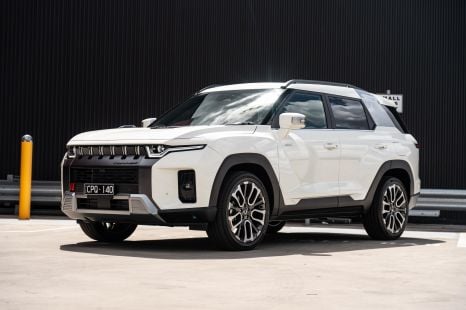

Max Davies
5 Days Ago


Matt Campbell
4 Days Ago
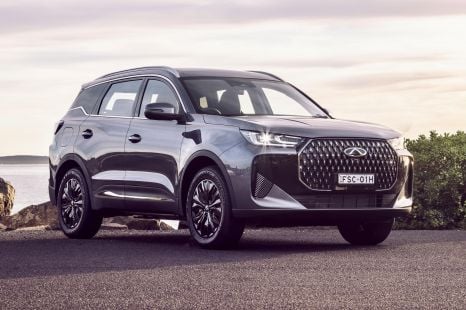

Max Davies
2 Days Ago


Josh Nevett
1 Day Ago
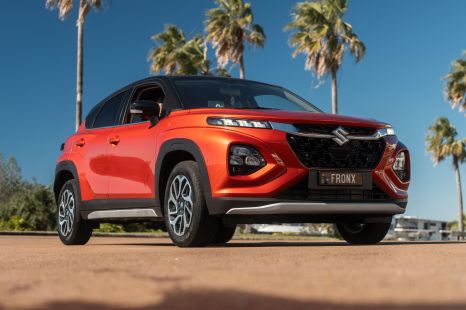

William Stopford
1 Day Ago
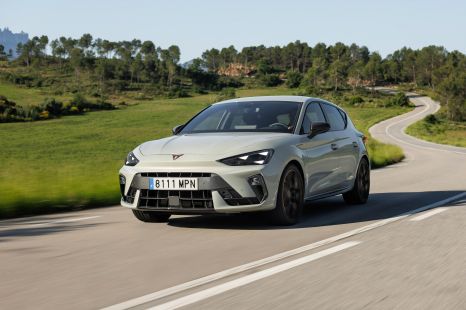

James Wong
11 Hours Ago




